








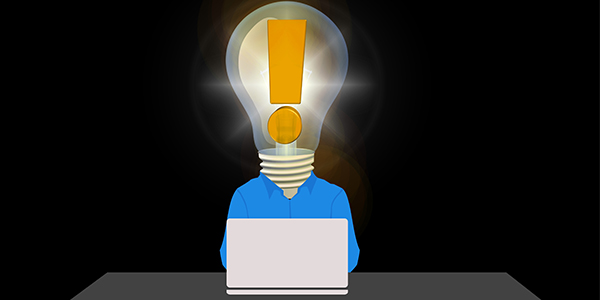
发布日期:2020-10-28
制定者:
出处:
 立即收藏
立即收藏
A particular brain chemical may help people with Tourette syndrome suppress the disorder's characteristic "tics," scientists report. They hope their discovery paves the way to new therapies for the developmental neurological disorder.
Tourette syndrome causes people to habitually make involuntary movements or sounds -- commonly known as tics. Researchers think Tourette arises from an imbalance in "excitatory" and "inhibitory" activities in certain braincircuits; that results in jumbled, "noisy" messages being sent to movement-related areas of the brain.The first signs of Tourette usually appear in childhood, but some people are eventually able to suppress their tics.
"We thought this might be because they could somehow 'turn down the volume' on the noisy motor signals" in the brain, explained Stephen Jackson, a professor at the University of Nottingham in the United Kingdom.To delve into that question, Jackson's team took brain scans of 15 teenagers with Tourette and a group of teens without the disorder. The investigators found that the Tourette group had higher levels of a brain chemical called GABA in one area of the brain -- the supplementary motor area (SMA), which is involved in planning and performing movement.
The finding, reported online Thursday in Current Biology, is paradoxical on its surface. That's because GABA inhibits brain cell activity, so it would seem logical for people with Tourette to show lower-than-normal levels of the chemical.But Jackson explained what his team suspects: GABA levels increase in the SMA in response to Tourette tics.The researchers found support for that when they asked the teens to tap their fingers while their brain activity was monitored. Among teens with Tourette, higher GABA concentrations corresponded to less activity in movement-related brain areas when they were preparing to move. In contrast, the teens without Tourette showed revved up activity in those brain regions.“These results seem to suggest that the additional GABA is triggered by the Tourette,"Jackson said. The extra dose of GABA, in turn, may help quiet the excitability in the Tourette brain -- "a bit like turning down the volume on a radio," Jackson said.”
That idea fits with what's known about the brain's adaptability, Jackson noted. "The brain often undergoes changes in structure and function that can compensate for brain injury or a brain disorder, and thus reduce or even eradicate symptoms," he said.
2.Deep Brain Stimulation May Ease Tourette Tics
Some young people with severe cases of Tourette syndrome may benefit from having electrodes implanted in the brain, a small study suggests.The procedure, known as deep brain stimulation (DBS), has long been used to treat certain cases of Parkinson's disease and other brain-based disorders.But DBS is still considered experimental in the context of Tourette syndrome.In the United States, it's estimated that Tourette syndrome affects 0.6 percent of children aged 5 to 17, according to the Tourette Association of America.Often, the tics are fairly mild and improve over time. Kids with the disorder typically see the symptoms ease as they move into adulthood. Sometimes, though, Tourette tics are so severe they keep people from going to school, working or having a social life, said Mogilner. He's an associate professor of neurosurgery at NYU Langone Medical Center in New York City. Behavioral therapy and medications are the standard treatment options, but some patients do not respond well.
"There's very little that can be done for them," Mogilner said. So research groups at NYU and other medical centers have been trying deep brain stimulation in select patients.The tactic involves implanting electrodes in specific areas of the brain, then connecting them to a pulse generator placed under the skin of the chest. Once the generator is programmed, it delivers continual electrical pulses that alter the activity in specific brain "circuits." Researchers in the Netherlands first tried DBS for severe Tourette syndrome about 15 years ago, Mogilner said. However, the procedure remains unapproved for Tourette syndrome because there have been no clinical trialsto rigorously test it. The problem, Mogilner said, is that only a small number of Tourette patients would be candidates for deep brain stimulation. So that doesn't give device makers much motivation to fund expensive trials.
Mogilner and his NYU colleagues have been able to offer DBS to certain teenage and young adult patients on an investigational basis. A committee of independent specialists reviews each case, to make sure the patient has tried standard therapies and is a good candidate for DBS.
The new study reviewed the outcomes of 13 of those patients -- who were followed for an average of two years after having the surgery. On average, the researchers found, the patients were reporting a 50 percent improvement in their tics at their most recent follow-up visit. While deep brain stimulation did not eliminate their symptoms, it made a difference in their quality of life, according to Mogilner.
3.ADHD vs. Tourette's: How Are They Different?
ADHD and Tourette's syndrome are two separate conditions, but they have a few things in common. They often start around the same age, and in some cases children can have both conditions. But there are some key differences between them. It’s important to get the right diagnosis for your child.
How are they like?
The main symptom of Tourette's syndrome is repeated movements or sounds, called tics, that a person can’t control. They can be simple, like constant eye blinking, sniffing, grunting, or coughing. They can also be complex, like shoulder shrugging, facial expressions, head movements, or repeating words or phrases. The tics usually happen several times each day.
Sometimes, kids with ADHD can have symptoms that seem a lot like tics. They might fidget, squirm, or make random noises. Sometimes kids who take a type of ADHD medicine called stimulants might have tics. The drugs don’t cause them, but they may make them noticeable. And they often go away on their own.
Signs of both conditions tend to show up around the same age. Symptoms of ADHD can start to appear between ages 3 and 6. Most kids are diagnosed during elementary school. On average, Tourette's syndrome begins around 7 years old.
And some children have both conditions. More than 60% of those with Tourette's syndrome also have ADHD. Researchers have found that there may be a genetic link between Tourette's syndrome and disorders like ADHD and OCD. They have a similar biology that makes them more likely to happen together.
How They Are Different
Tics from Tourette's syndrome are different from the movements or noises that kids with ADHDmight make. They almost always involve fast, repeated face or shoulder movements or sounds, which happen the same way each time.Often, kids with ADHD won't have any tic-like movements. Instead, they have trouble staying focused or paying attention. They might be easily distracted or have problems staying organized. Children with Tourette's syndrome often outgrow their tics by their late teensor early adult years -- they happen less often and sometimes disappear altogether. ADHD symptoms often last into adulthood. Also, Tourette's syndrome is rare. The CDC found that about 138,000 kids in the U.S. have been diagnosed with it, while about 6.4 million have ever been diagnosed with ADHD. Researchers believe that genetics have a lot to do with both conditions. But other possible causes of ADHD might include brain injury, low birth weight, or smoking and drinking during pregnancy.
1.脑中的化学物质有助于抑制妥瑞症(抽动症)
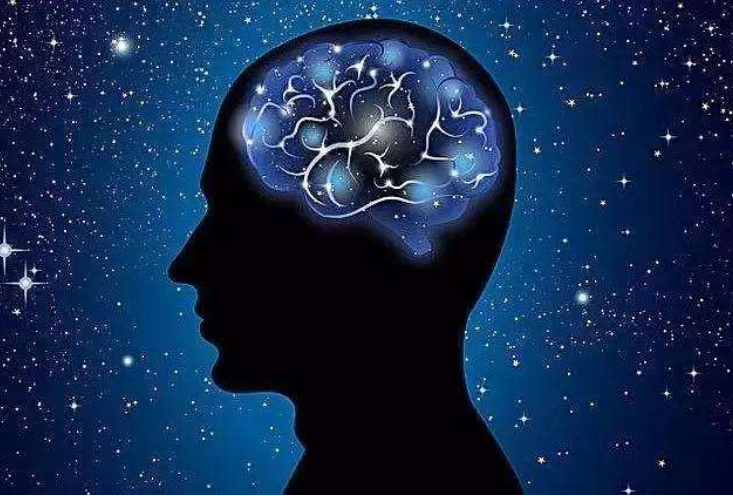
科学家发现,大脑中有种特殊的化学物质可能帮助患有妥瑞症的人抑制病情。科学家表示他们希望该发现能为这种发育性神经性障碍提供新的治疗方法。
妥瑞症一大明显症状就是患者会习惯性地做出不自主的动作或发出声音,我们通常称之为抽搐。研究人员发现,妥瑞症是由于某些脑回路的“兴奋性”和“抑制性”失衡引起的,最终导致混乱、“嘈杂”的信息传达到大脑和运动相关的区域中。抽动症的最初症状通常出现在童年时期,但有些人最终能够抑制自己的抽动症状。英国诺丁汉大学的教授斯蒂芬·杰克逊解释道:有些人之所以能够抑制抽搐可能是因为能够以某种方式降低大脑中嘈杂的运动信号的‘音量’。

为了深入研究这个问题,杰克逊带头的研究小组分别对15名患有妥瑞症的青少年和正常的青少年进行了脑部扫描。研究人员发现,妥瑞症患者的大脑中一个区域——辅助运动区(SMA)——的 名为氨基丁酸(GABA)的脑化学物质含量更高,这种化学物质是神经的主要抑制性传达物质,参与人体多种代谢活动。这一发现发表在《当代生物学》(Current Biology)网站上。但这一发现有点自相矛盾,因为氨基丁酸(GABA)会抑制脑细胞活动,所以对于妥瑞症患者来说,其氨基丁酸(GABA)低于正常水平似乎才是合理的。
针对这一质疑,杰克逊团队也做出了解释——氨基丁酸(GABA)在大脑的辅助活动区域(SMA)增加是为了对妥瑞症的抽搐做出应对。研究人员在监测参与者的大脑活动的同时要求他们轻敲手指,由此才得出了上述结论。在患有妥瑞症的青少年中,当他们准备肢体活动时,氨基丁酸(GABA)浓度会升高,而大脑中有关运动的区域活跃度下降。相比之下,正常的青少年脑中运动区域更加活跃。杰克逊表示:“妥瑞症会使氨基丁酸增加(GABA),反过来说,氨基丁酸(GABA)的增加有助于抑制妥瑞症患者的大脑兴奋性,这就好比调低收音机的音量。”杰克逊还指出,这一研究结果与我们已知的大脑的适应性相吻合。大脑的结构和功能经常会发生变化,这是为了弥补大脑损伤或大脑紊乱,从而减轻甚至消除抽动症状。”
2.脑深部电刺激可减轻抽动症
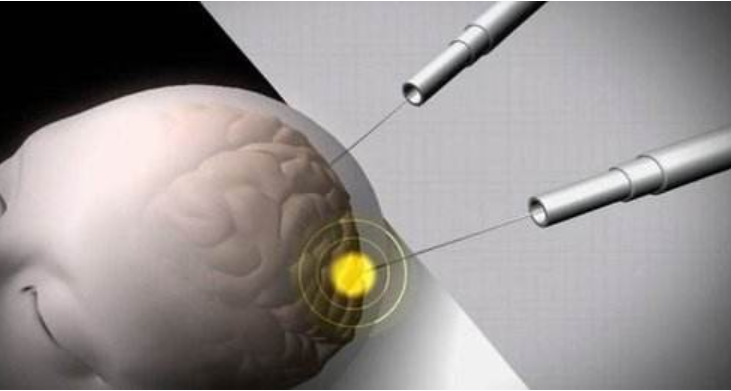
一项小型研究表明,妥瑞症年轻患者可以在脑中植入电极,由此有效缓解症状。这种方法名为脑深部电刺激刺激(DBS),长期以来一直被用于治疗某些帕金森病和其他脑源性疾病。但在医学界一直认为这种方法是妥瑞症的试验疗法。”。据美国妥瑞症协会(Tourette Association of America)估计,在美国,5至17岁的儿童中有0.6%深受妥瑞症的困扰。一般来说,抽动症状相当轻微的,并会日渐改善。患病儿童通常在成年后症状会有所减轻。
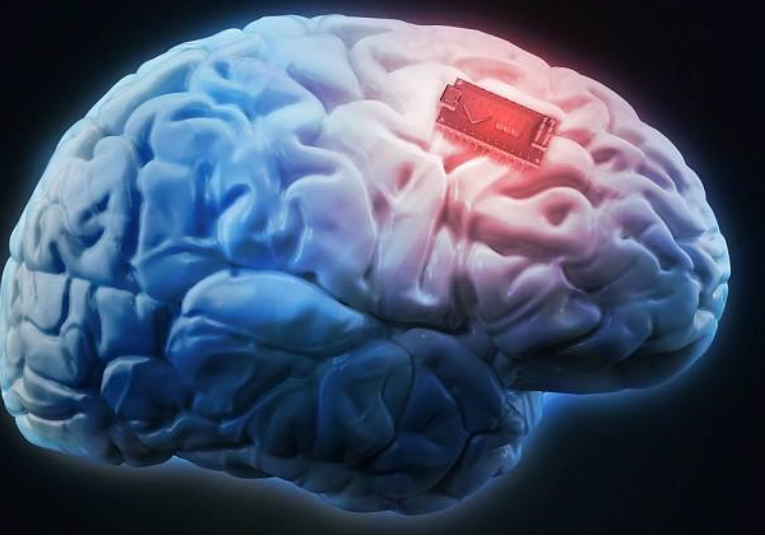
纽约大学朗格尼医学中心神经外科副教授莫吉尔纳表示:“但有时,抽动症状严重时,会导致患者无法上学、上班甚至无法参加社交活动。”行为疗法和药物治疗是常规的治疗选择,但对于有些患者来说,这种常规疗法会产生不良反应。莫吉纳表示:“我们能做的少之又少。”为此,纽约大学和其他医疗中心的研究小组一直在对一些特定的病人进行深度脑刺激试验。试验包括在大脑的特定区域植入电极,然后将电极与放置在胸部皮肤下的脉冲发生器连接起来。一旦发生器设定好程序,它就会发出连续的电脉冲,改变大脑特定“回路”。大约15年前,荷兰的研究人员首次尝试用深度脑部刺激治疗病情严重的妥瑞症患者。然而,因为还没有进行严格的临床试验,现今还没有规定批准这项技术可以真正用于治疗妥瑞症。
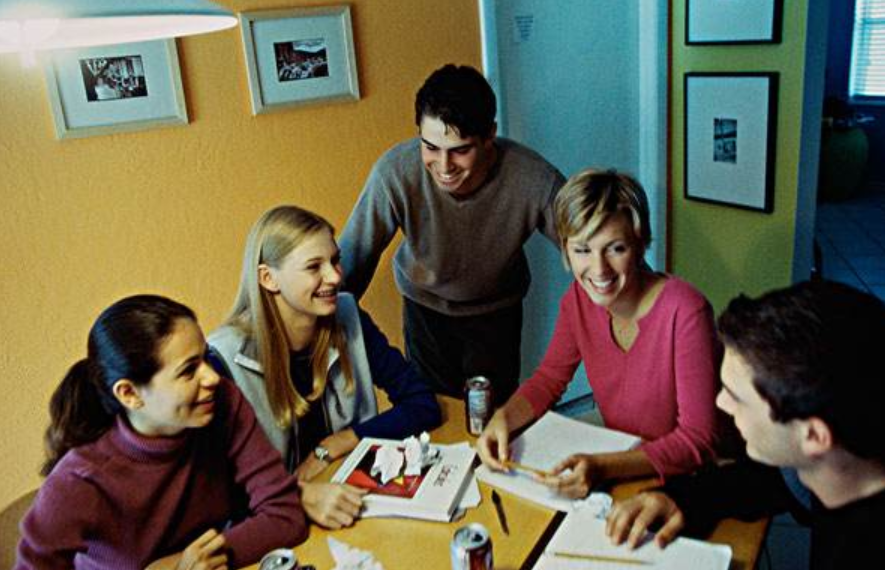
但问题在于,只有一小部分妥瑞症患者可以接受深部脑刺激。因此,设备制造商并不想资助这个昂贵的试验。莫吉纳和纽约大学的同事为特定的青少年和年轻患者提供深度脑部刺激疗法。每位患者都会由独立专家组成的委员会进行审查,以确保患者都曾接受过常规疗法,由此确保这些患者时是接受深度脑部刺激治疗的合适人选。随后这项研究跟踪了其中13名患者的治疗结果,并在手术后跟访了两年。研究人员发现,在最近一次随访中,患者的抽动症状平均改善了50%左右。
虽然深部脑刺激并没有完全消除他们的症状,但却极大改善了他们的生活质量。
3.多动症和妥瑞症之间的区别与联系
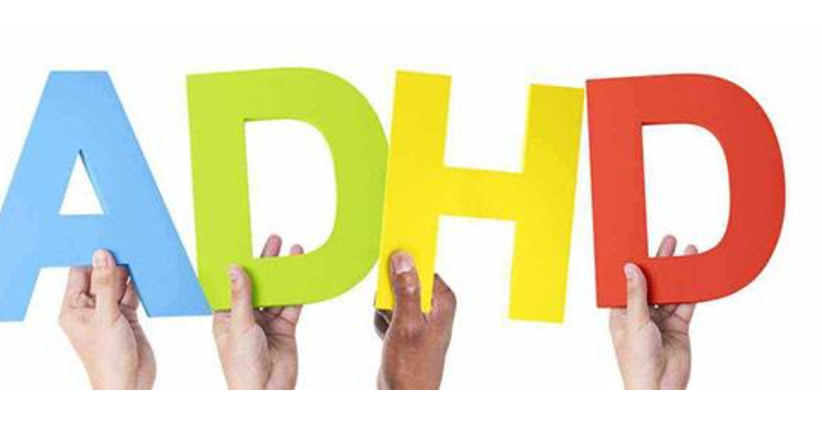
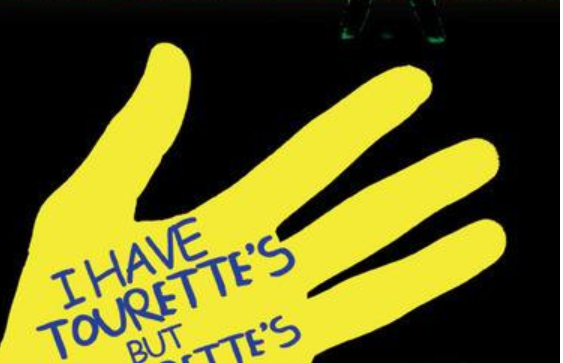
虽然多动症和妥瑞症是两种不同的病症,但它们有一些共同之处。这两种病症都初现于同一年龄段,在某些情况下,有些儿童可能同时患有多动症和妥瑞症。但同时,这两种病症之间有一些关键的区别。作为父母,能够根据孩子的情况做出判断是至关重要的。
妥瑞症和多动症之间有何相同之处?
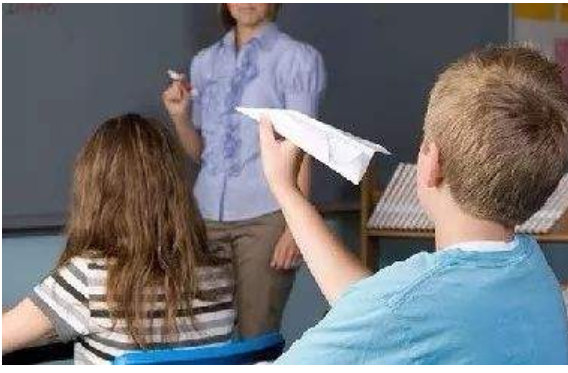
妥瑞症的主要表现为重复的动作或声音,称为抽搐,并且这种症状是无法自控的。症状可能只是简单的不停眨眼、吸气、咕哝或咳嗽等;也有可能比较复杂,比如耸肩、面部表情、头部运动、重复单词或短语,而且这种抽搐每天可能出现多次。有时候,患有多动症的孩子会有一些看起来很像抽搐的症状。他们可能会坐立不安,扭动身体,或者发出噪音。有时,服用一种叫做兴奋剂的多动症药物的孩子可能会有抽搐。这些药物不会引起这些症状,但可能会引起注意。他们经常自己离开。
这两种病症往往在同一年龄段出现。多动症的症状会在3到6岁之间出现。大多数孩子在小学就被确诊了,而抽搐症状在七岁左右就开始显现了。但有些孩子两种病症都有。超过60%的妥瑞症患者同时也患有多动症。研究人员发现,妥瑞症与多动症和强迫症之间可能存在一定的联系,因为生物结构相似,所以这使得妥瑞症、多动症和强迫症之间的症状也具有相似性。
妥瑞症和多动症之间有何不同?
在症状上来讲,妥瑞症和多动症可能做出的动作和发出的声音都不相同。但共同点都是每次抽搐会出现快速重复的面部或肩部动作。通常,患有多动症的孩子不会有反复的抽搐动作。多动症儿童容易分心,很难集中注意力,也很难保持秩序感。患有妥瑞症的儿童在成年后初期,抽搐的发生频率降低,甚至完全消失。多动症的症状通常会持续到成年。并且相较于多动症来说,妥瑞症是一种罕见病。疾控中心发现,美国约有13.8万名儿童被诊断患有这种疾病,而多动症患者大约有640万人。研究人员认为,这妥瑞症和多动症都与基因有很大关系。但像脑损伤、出生体重过轻、怀孕期间吸烟和饮酒等原因也会引发这两种病症。
点击查看原文
